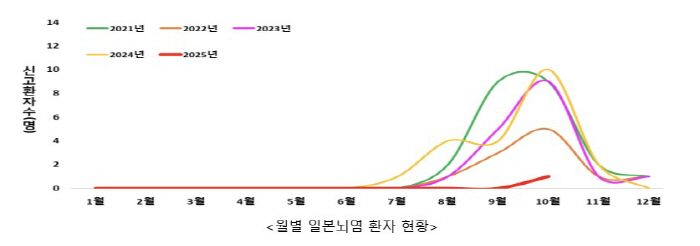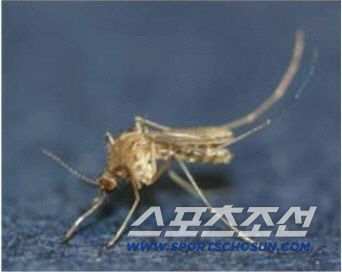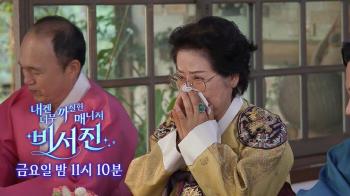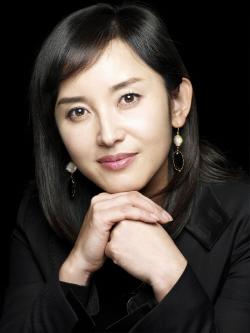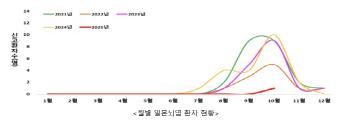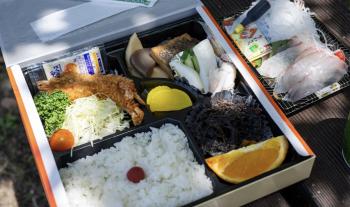The first Japanese encephalitis patient this year...Inpatient treatment for fever, decreased consciousness, etc
Oct 14, 2025
|
According to the Korea Centers for Disease Control and Prevention, the patient reported this year was in his 30s, who visited a medical institution on the 16th of last month with symptoms such as fever (39°C), chills, headache, and nausea, and is currently being hospitalized due to a state of decreased consciousness. In a confirmed diagnostic test by the Gyeonggi Institute of Health and Environment and the Korea Centers for Disease Control and Prevention, the antibody level of the convalescent serum increased more than four times compared to the acute phase, and it was confirmed and diagnosed on the 14th. As a result of epidemiological investigations, the patient had a recent camping history, mosquito bites were confirmed, and no vaccination history against Japanese encephalitis was confirmed.
Most Japanese encephalitis patients in Korea occur from August to November, with 80% of patients concentrated from September to October, and mainly in those in their 50s and older (87.9%).
When infected with the virus, mild symptoms such as fever and headache appear, but rarely progress to encephalitis, resulting in serious symptoms such as high fever, seizure, neck stiffness, confusion, convulsions, and paralysis, of which 20-30% can die. In particular, if it progresses to encephalitis, 30-50% of patients may suffer from various neurological complications depending on the site of the injury, so rapid diagnosis and treatment are important.
|
Since Japanese encephalitis has an effective vaccine, it is recommended that children under the age of 12 (born after January 2012) who are eligible for national vaccination support be vaccinated according to the standard vaccination schedule. In addition, if adults over 18 years of age who have not been vaccinated against Japanese encephalitis live in ▲ dangerous areas (nons, near pig sheds) or are scheduled to be active in dangerous areas at the time of transmission, vaccination (pay) is also recommended for foreigners who will move from ▲ non-pandemic areas and live in Korea for a long time. Australia, Bangladesh, Bhutan, Brunei, Myanmar, Cambodia, China, India, Indonesia, Japan, Laos, Malaysia, Nepal, North Korea, Pakistan, Papua New Guinea, the Philippines, Russia, Singapore, South Korea, Sri Lanka, Taiwan, Thailand, East Timor, and Vietnam are classified as dangerous countries.
Lim Seung-kwan, head of the Korea Centers for Disease Control and Prevention, said, `Since mosquitoes are increasing recently, and Japanese encephalitis patients are concentrated from October, please follow preventive rules to prevent mosquito bites during outdoor activities, and vaccination targets should be inoculated according to the vaccination schedule.'
This article was translated by Naver AI translator.
